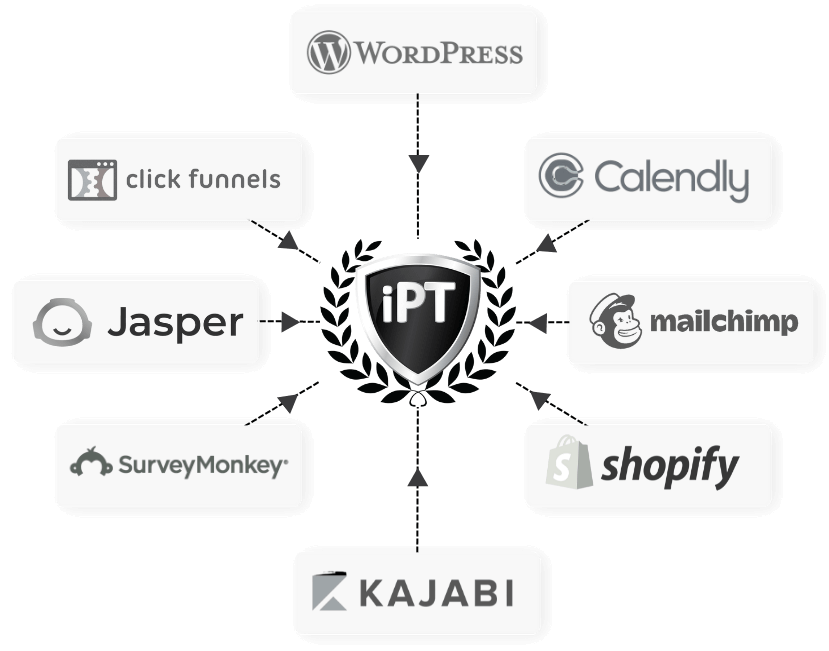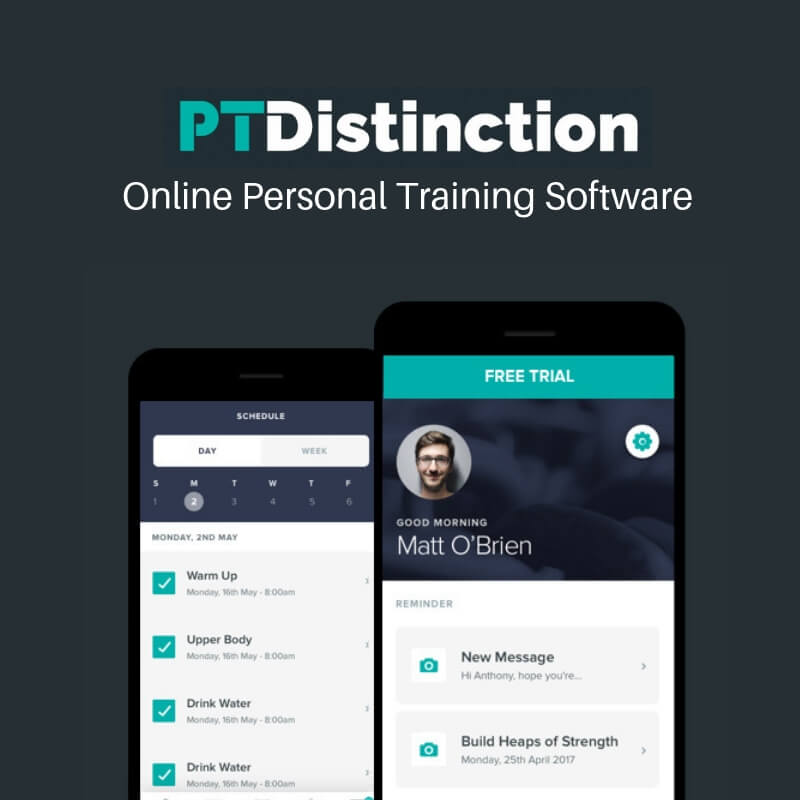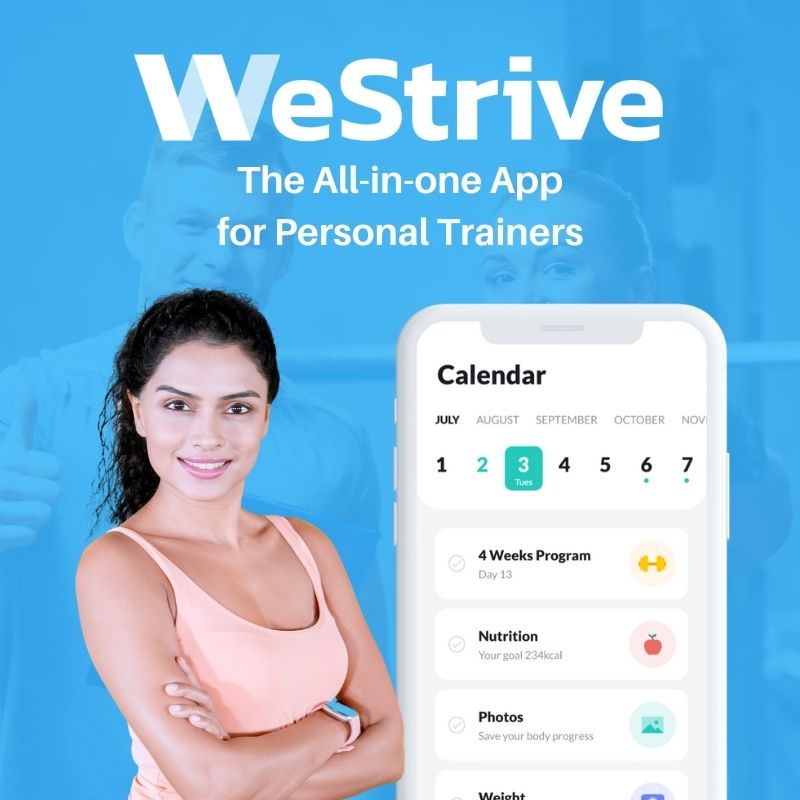Learn More About Creating Employee Roadmaps
Most businesses, inside and out of the fitness industry, conduct performance reviews. A performance review tell the business owner how well their team members are serving the business. An Employee Roadmap, however, is a more mutual review of how well the team member is doing at their job but also how their actions today have a positive impact on their future
Why Create an Employee Roadmap?
Employee Roadmap Reviews help you recognise and value your team members, clarify their roles and identify training and development needs. They also help you create a culture of open communication in your business.
The results of an Employee Roadmap Review can help you make decisions about salary increases and forecast for the future.
You can use performance reviews to find out if your team are meeting the expectations of their job descriptions and reward staff who are bringing value to your business.
The Employee Roadmap Review will allow you to define the roles and responsibilities of your staff and help them to reflect, consolidate, plan and review their work performance. Review discussions are a chance to ensure each staff member knows how they contribute to your business and its aims. Look for opportunities to better align your staff roles with the emerging directions of your business.
The results of an Employee Roadmap Review can help you make decisions about salary increases and forecast for the future.
You can use performance reviews to find out if your team are meeting the expectations of their job descriptions and reward staff who are bringing value to your business.
The Employee Roadmap Review will allow you to define the roles and responsibilities of your staff and help them to reflect, consolidate, plan and review their work performance. Review discussions are a chance to ensure each staff member knows how they contribute to your business and its aims. Look for opportunities to better align your staff roles with the emerging directions of your business.
Preparing for an Employee Roadmap Review
Good planning, clear objectives and accurate role descriptions will help you use Employee Roadmap reviews to measure and improve your team's work. Taking the time to understand each team member's role, and defining your expectations and requirements, will help you and your staff get the most out of the review.
Articulate your goals
Write a clear description of your business's goals and objectives. Describe future directions for your business to help your staff understand where the business is going and how their work will help you reach your business goals and their own professional goals.
Write or review job descriptions
Set clear expectations for your team members by giving them a detailed description of their job and its duties. Use staff job descriptions to define a set of goals and targets for each staff member. Ensure they are interested in working towards these goals as part of their job and that they understand how doing this work will benefit them.
Define performance measures
Review the targets you have set for your team members and define a set of measures that will help you evaluate your staff's performance. These measures will allow you to identify performance problems and reward performance achievements.
Use a combination of measures relevant to the role to evaluate performance.
Example measures could include:
Develop a review document
Design an evaluation form that helps you clarify the review process for staff and capture information in staff reviews. Your form should clearly communicate goals, job descriptions, requirements and measures - and include space for making notes and comments and assigning ratings.
Encourage self-reflection
Ask your staff to prepare for the session by reflecting on and evaluating their own performance. For example, have each staff member and assessor rate the staff member's performance to see if their scores match up.
Articulate your goals
Write a clear description of your business's goals and objectives. Describe future directions for your business to help your staff understand where the business is going and how their work will help you reach your business goals and their own professional goals.
Write or review job descriptions
Set clear expectations for your team members by giving them a detailed description of their job and its duties. Use staff job descriptions to define a set of goals and targets for each staff member. Ensure they are interested in working towards these goals as part of their job and that they understand how doing this work will benefit them.
Define performance measures
Review the targets you have set for your team members and define a set of measures that will help you evaluate your staff's performance. These measures will allow you to identify performance problems and reward performance achievements.
Use a combination of measures relevant to the role to evaluate performance.
Example measures could include:
- Quantity - the number of sessions completed, sold or booked each week
- Quality - client feedback on the team members services
- Timeliness - how efficiently tasks are completed
- Cost-effectiveness - the value of financial benefits secured by the team member measured against the costs involved in securing those benefits
- Absenteeism - number of days absent from work
- Tardiness - lateness to work; missed work deadlines
- Creativity - creative approaches to achieving results
- Behaviours that harm the workplace environment - such as gossip, patterns of criticism and negativity, argumentative or confrontational behaviour
- Personal appearance and grooming - dress and personal grooming habits suitable to the workplace
- Adherence to policy - performance consistent with the values and objectives of the business
Develop a review document
Design an evaluation form that helps you clarify the review process for staff and capture information in staff reviews. Your form should clearly communicate goals, job descriptions, requirements and measures - and include space for making notes and comments and assigning ratings.
Encourage self-reflection
Ask your staff to prepare for the session by reflecting on and evaluating their own performance. For example, have each staff member and assessor rate the staff member's performance to see if their scores match up.
Conducting an Employee Roadmap Review
How you conduct your Employee Roadmap Review will depend on your business culture and systems. Most personal training businesses are a tight nit team so the informal approach works best.
Be sure to start with something positives and set clears goals and a time frame for the meeting.
The points of agreement made in the review need to be clarified in writing promptly after the session. Ensure both participants clearly state their agreement to these outcomes. Your outcomes should cover development recommendations, any offers of rewards and issues for further discussion and resolution.
Agreed future goals and objectives need clear time limits. Setting time frames will help your staff make positive, tangible progress and allow you to measure that progress.
If you have offered to work further on an issue with a team member, be sure to schedule time for the necessary discussions and steps. Staff who are encouraged by your support will become quickly disillusioned if you fail to follow through.
Identify training or coaching that is closely matched to the skills you need to cultivate in each team member. Schedule routine catch-ups with your staff to see how they are progressing. If you aren't seeing results towards your agreed objectives, change your course of action.
Mentoring is an inexpensive and highly effective way to build and strengthen your team. Mentoring is developing one-to-one relationships designed to build skills by sharing professional and personal insights and experiences. Consider establishing a mentoring program that allows you and senior team members to focus on the individual development needs of your team members.
Consider rewards for your staff that are well matched to their individual needs. Flexible working hours or extra leave entitlements, for example, may be more appealing to some staff members than simple financial incentives. Tailored incentives also show you are paying attention to your staff and their needs.
A good performance review process is ongoing. Use your performance review processes to build stronger, more open relationships between your managers and team members. Emphasise the importance of ongoing appraisals, and ensure you and your team continue to identify development needs and measure their success. Your investment in your staff can earn your business a lasting, loyal and expert team
Be sure to start with something positives and set clears goals and a time frame for the meeting.
The points of agreement made in the review need to be clarified in writing promptly after the session. Ensure both participants clearly state their agreement to these outcomes. Your outcomes should cover development recommendations, any offers of rewards and issues for further discussion and resolution.
Agreed future goals and objectives need clear time limits. Setting time frames will help your staff make positive, tangible progress and allow you to measure that progress.
If you have offered to work further on an issue with a team member, be sure to schedule time for the necessary discussions and steps. Staff who are encouraged by your support will become quickly disillusioned if you fail to follow through.
Identify training or coaching that is closely matched to the skills you need to cultivate in each team member. Schedule routine catch-ups with your staff to see how they are progressing. If you aren't seeing results towards your agreed objectives, change your course of action.
Mentoring is an inexpensive and highly effective way to build and strengthen your team. Mentoring is developing one-to-one relationships designed to build skills by sharing professional and personal insights and experiences. Consider establishing a mentoring program that allows you and senior team members to focus on the individual development needs of your team members.
Consider rewards for your staff that are well matched to their individual needs. Flexible working hours or extra leave entitlements, for example, may be more appealing to some staff members than simple financial incentives. Tailored incentives also show you are paying attention to your staff and their needs.
A good performance review process is ongoing. Use your performance review processes to build stronger, more open relationships between your managers and team members. Emphasise the importance of ongoing appraisals, and ensure you and your team continue to identify development needs and measure their success. Your investment in your staff can earn your business a lasting, loyal and expert team





